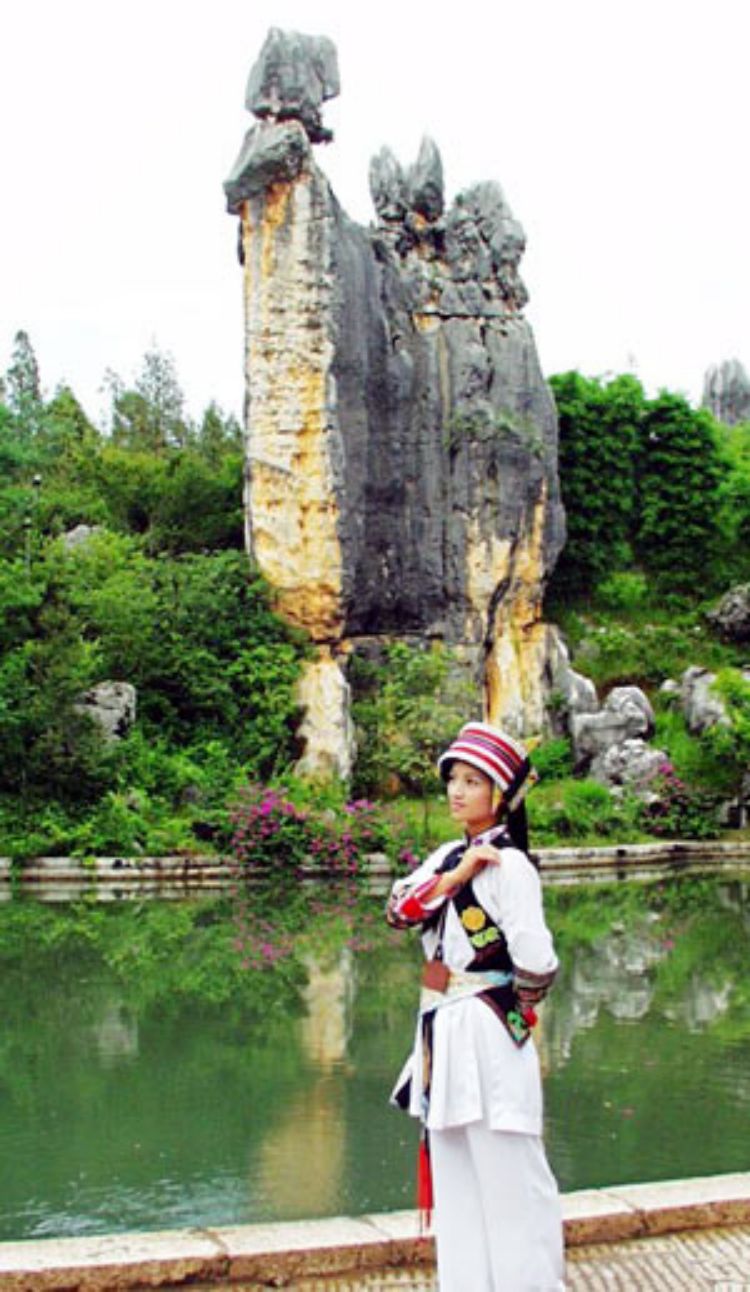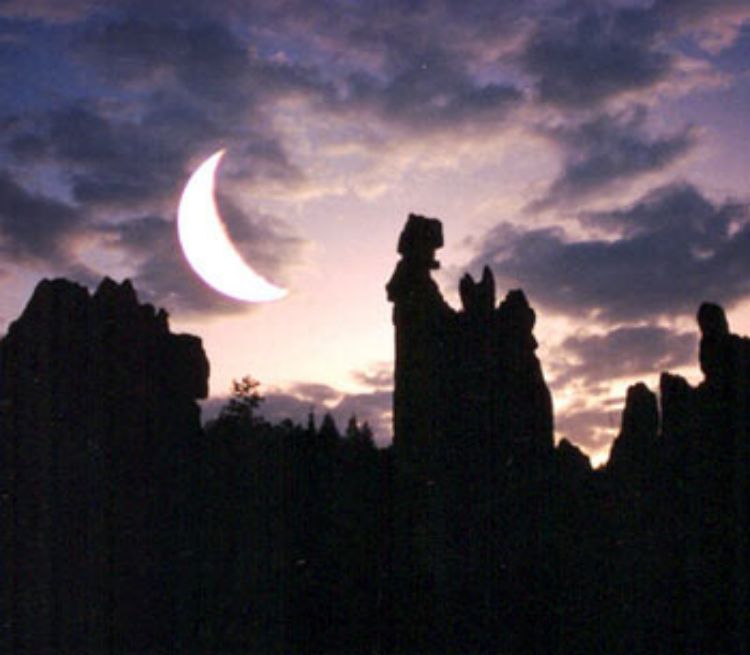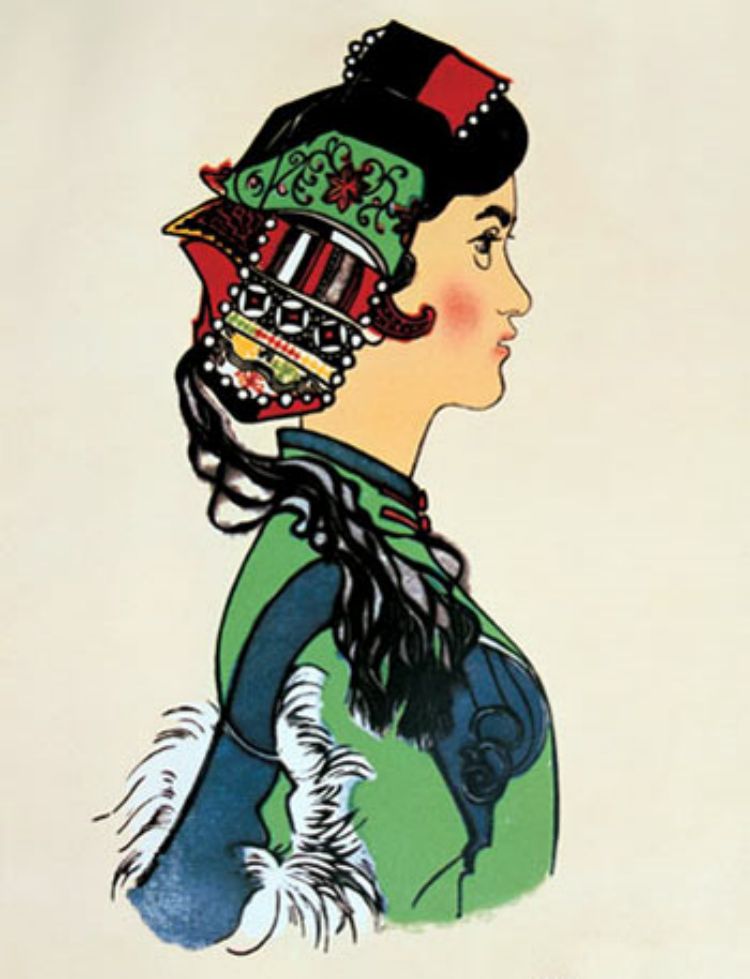- Children from Shijin Kindergarten Made a Study Trip to Shilin UGGp
- Have a spring date with Shilin flowers
- Call for hosts of the 12th International Conference on UNESCO Global Geoparks in 2027
- Call for applications: UNESCO Global Geopark Mentorship Exchange
- Representatives of Changshan Aspring UGGp Visited Shilin UGGp
- Shilin UGGp Visited Xingyi Aspiring UGGp
- Children from Peiqi Kindergarten Visited Shilin UNESCO Global Geopark
Ashima: a Love Story
19 May 2010
Among all the scenic spots in the Stone Forest, the rock of Ashima in the Minor Stone Forest is the most famous. The rock of Ashima resembles a girl of the Sani people, a branch of the Yi ethnic group, with a kerchief on her head, and a bamboo basket on her back.


According to popular legend, a beautiful maiden named Ashima was kidnapped by the son of an evil landlord and forced to marry him. Her name means "as precious and bright as gold" in language of the Yi people. Her love, Ahei, went to save her with his magic bows and arrows.
Ahei and the kidnapper competed by singing for 3 days and 3 nights; Ahei finally won by outlasting his opponent. On the way home, however, Ashima was drowned in a flood and became what is known today as the Ashima rock. Standing there in her traditional costume, looking into the distance, she is seen as a protector of the Sani people.
Ashima is a symbol of the hope for freedom to choose who to marry, and a happy life for the Sani people. This story was first written down in the 1940s and performed in Kunming. It has been published several times, and was filmed in the 1960s. The national dance drama "Ashima" is on the list of the top Chinese dances in the 20th century. Since then "Ashima" has been translated into eight languages including English, German, French, and Russian and has shed its beauty throughout the international community.

Film Ashima made in 1963

A half-length figure of Ashima
For more information:
